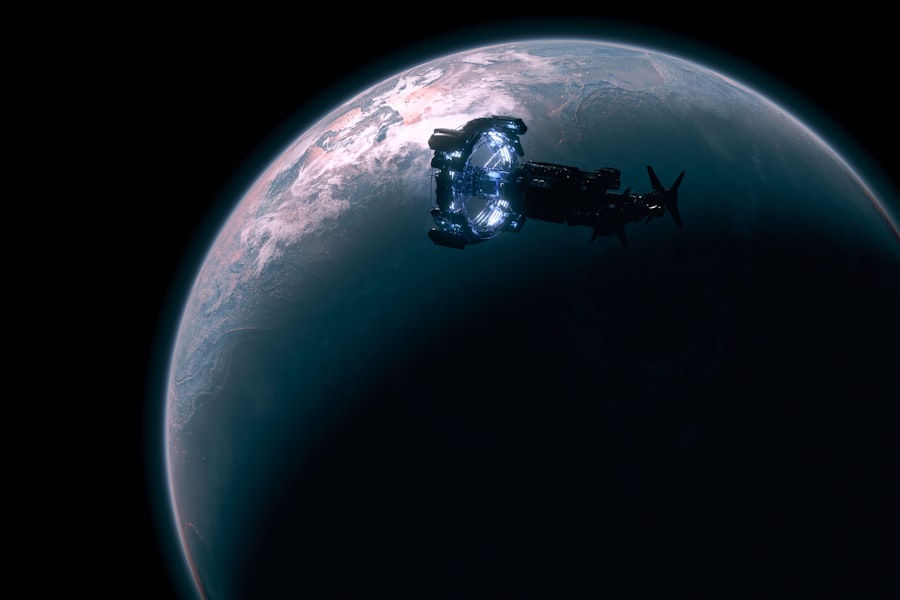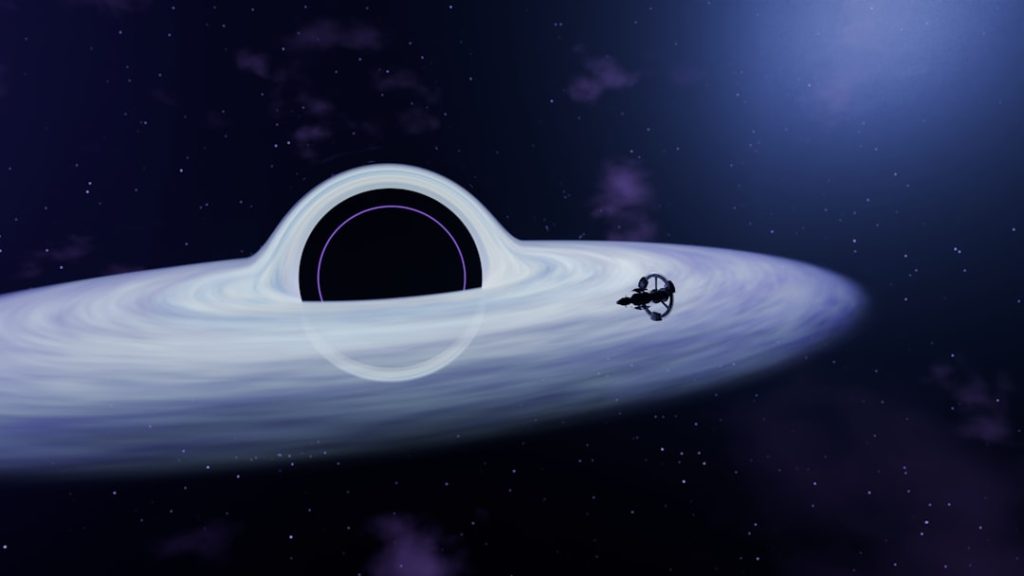The landscape of space exploration has undergone a dramatic transformation over the past two decades, primarily due to the emergence of private space companies. Traditionally dominated by government agencies like NASA and Roscosmos, the field has seen a surge of entrepreneurial ventures that have redefined the boundaries of what is possible in space travel. Companies such as SpaceX, Blue Origin, and Virgin Galactic have not only introduced innovative technologies but have also significantly reduced the costs associated with launching payloads into orbit.
This shift has democratized access to space, allowing a broader range of entities, including universities, research institutions, and even small startups, to participate in space missions. SpaceX, founded by Elon Musk in 2002, has been at the forefront of this revolution. Its Falcon 1 rocket was the first privately developed liquid-fueled rocket to reach orbit in 2008, marking a pivotal moment in the history of private spaceflight.
The company’s subsequent achievements, including the Falcon 9 and Falcon Heavy launches, have demonstrated the viability of reusable rocket technology, which has drastically lowered launch costs. Meanwhile, Blue Origin, founded by Jeff Bezos, has focused on suborbital flight with its New Shepard vehicle, aiming to make space tourism a reality. These companies have not only spurred competition but have also inspired a new generation of engineers and scientists to pursue careers in aerospace, fostering innovation and creativity in the industry.
Key Takeaways
- Private space companies are revolutionizing the space industry with innovative technologies and ambitious missions.
- Advancements in spacecraft technology, such as reusable rockets and advanced propulsion systems, are making space travel more efficient and cost-effective.
- Interstellar travel holds great potential for exploring distant star systems and potentially finding habitable exoplanets.
- Artificial intelligence is playing a crucial role in space exploration, from autonomous spacecraft operation to data analysis and decision-making.
- Sustainable space travel is essential for minimizing the environmental impact of space missions and ensuring long-term viability of space exploration.
Advancements in Spacecraft Technology
The advancements in spacecraft technology over recent years have been nothing short of revolutionary. Innovations in materials science, propulsion systems, and avionics have led to the development of spacecraft that are more efficient, reliable, and capable than ever before. For instance, the use of lightweight composite materials has allowed engineers to design spacecraft that can carry larger payloads while consuming less fuel.
This is particularly evident in SpaceX’s Starship, which is designed for missions to Mars and beyond. Its stainless-steel construction not only provides durability but also enhances thermal protection during re-entry. Propulsion technology has also seen significant breakthroughs.
The development of ion propulsion systems, which utilize electric fields to accelerate ions for thrust, offers a more efficient alternative to traditional chemical rockets. NASA’s Dawn spacecraft, which explored the asteroid belt, utilized ion propulsion to achieve its mission objectives with minimal fuel consumption. Furthermore, advancements in autonomous navigation systems have enabled spacecraft to operate with greater precision and autonomy.
This is crucial for deep-space missions where communication delays with Earth can hinder real-time decision-making. As these technologies continue to evolve, they pave the way for more ambitious missions that were once considered unattainable.
The Potential for Interstellar Travel

The concept of interstellar travel has long been a staple of science fiction, but recent scientific advancements have sparked serious discussions about its feasibility. While our current technology allows us to explore our solar system with relative ease, reaching other star systems presents a myriad of challenges that require innovative solutions. The nearest star system, Alpha Centauri, is approximately 4.37 light-years away, which translates to a journey of thousands of years using conventional propulsion methods.
However, theoretical concepts such as the Alcubierre warp drive propose bending space-time itself to achieve faster-than-light travel. Research into propulsion methods like nuclear fusion and antimatter engines is also gaining traction. These technologies could potentially provide the necessary thrust to reach significant fractions of the speed of light.
For example, Project Icarus is an initiative that aims to design a spacecraft capable of reaching Alpha Centauri within a human lifetime using advanced fusion propulsion. While these concepts remain largely theoretical at this stage, they highlight humanity’s growing ambition to explore beyond our solar system. The pursuit of interstellar travel not only challenges our engineering capabilities but also raises profound questions about our place in the universe and the potential for discovering extraterrestrial civilizations.
The Role of Artificial Intelligence in Space Exploration
| Metrics | Data |
|---|---|
| Number of AI-powered space missions | 15 |
| Percentage of tasks automated by AI in space exploration | 70% |
| AI algorithms used for autonomous navigation | 10 |
| AI’s contribution to discovering exoplanets | 30% |
Artificial intelligence (AI) is playing an increasingly vital role in space exploration, enhancing our ability to analyze vast amounts of data and make autonomous decisions in environments where human intervention is limited or impossible. AI algorithms are being employed in various capacities, from optimizing spacecraft trajectories to analyzing data collected from distant planets and moons. For instance, NASA’s Mars rovers utilize AI to navigate the Martian terrain autonomously, allowing them to make real-time decisions about their paths and scientific investigations without waiting for instructions from Earth.
Moreover, AI is revolutionizing data analysis in astrophysics and planetary science. The sheer volume of data generated by telescopes and space missions can be overwhelming; however, machine learning algorithms can sift through this data to identify patterns and anomalies that may indicate the presence of exoplanets or other celestial phenomena. The Kepler Space Telescope’s mission to discover exoplanets was significantly enhanced by AI techniques that helped identify potential candidates from millions of light curves.
As AI continues to evolve, its integration into space exploration will likely lead to more efficient missions and deeper insights into the cosmos.
The Importance of Sustainable Space Travel
As humanity ventures further into space, the importance of sustainable practices cannot be overstated. The increasing frequency of launches and the growing number of satellites in orbit raise concerns about space debris and its potential impact on future missions. Sustainable space travel involves not only minimizing environmental impacts on Earth but also ensuring that our activities in space do not compromise the orbital environment for future generations.
This includes developing technologies for debris mitigation and removal as well as designing spacecraft that can be decommissioned responsibly at the end of their operational lives. One promising approach is the concept of “space traffic management,” which aims to track and manage objects in orbit to prevent collisions and reduce debris generation. Initiatives like the European Space Agency’s Space Debris Office are working on strategies to monitor and mitigate debris risks effectively.
Additionally, companies are exploring ways to recycle materials from defunct satellites or use in-situ resources on celestial bodies for construction purposes. By prioritizing sustainability in our approach to space exploration, we can ensure that we preserve the orbital environment while continuing to push the boundaries of human knowledge and capability.
Challenges and Risks of Deep Space Exploration

Deep space exploration presents a unique set of challenges and risks that must be addressed as we venture beyond our home planet. One significant concern is the health and safety of astronauts during long-duration missions. Exposure to cosmic radiation poses serious risks, including increased cancer rates and potential damage to the central nervous system.
Current spacecraft are not equipped with adequate shielding against this radiation; thus, developing effective protective measures is crucial for future missions to Mars or beyond. Another challenge lies in the psychological effects of isolation and confinement during extended missions. Astronauts on deep-space missions may experience feelings of loneliness and stress due to limited social interaction and confinement within a spacecraft for months or even years at a time.
Research into crew dynamics and mental health support systems is essential for ensuring that astronauts can maintain their well-being during these arduous journeys. Additionally, technical failures or unforeseen emergencies pose significant risks; thus, robust contingency plans must be established to address potential crises during deep-space missions.
The Search for Extraterrestrial Life
The quest for extraterrestrial life has captivated humanity for centuries, driving scientific inquiry and exploration across various disciplines. With advancements in technology and our understanding of astrobiology, we are now better equipped than ever to search for signs of life beyond Earth. Missions targeting Mars have focused on identifying past or present microbial life by analyzing soil samples and searching for water—an essential ingredient for life as we know it.
The discovery of extremophiles on Earth—organisms that thrive in extreme conditions—has expanded our understanding of where life might exist beyond our planet. Moreover, telescopes like the James Webb Space Telescope are set to revolutionize our search for extraterrestrial life by analyzing the atmospheres of exoplanets for biosignatures—chemical indicators that suggest biological activity. The detection of methane or oxygen in an exoplanet’s atmosphere could provide compelling evidence for life beyond Earth.
Additionally, initiatives like SETI (Search for Extraterrestrial Intelligence) continue to scan the cosmos for signals from advanced civilizations. As we refine our search methods and expand our understanding of life’s potential forms, we inch closer to answering one of humanity’s most profound questions: Are we alone in the universe?
The Future of Space Tourism
The burgeoning field of space tourism represents one of the most exciting developments in contemporary aerospace endeavors. With companies like Virgin Galactic and Blue Origin leading the charge, suborbital flights are becoming increasingly accessible to private citizens willing to invest in a once-in-a-lifetime experience. These flights offer passengers a brief taste of weightlessness and stunning views of Earth from above—a transformative experience that has already captivated early participants.
Looking ahead, the future of space tourism holds even greater promise as technology advances and costs decrease. Plans for orbital hotels and lunar tourism are already being discussed by various companies aiming to create unique experiences for travelers seeking adventure beyond Earth’s atmosphere. For instance, Axiom Space is working on building a commercial space station that could serve as a hub for research and tourism activities in low Earth orbit.
As infrastructure develops and public interest grows, space tourism could evolve into a thriving industry that not only provides unforgettable experiences but also contributes to funding further exploration efforts and scientific research in space. The rise of private space companies has catalyzed advancements across multiple domains within aerospace technology while simultaneously igniting public interest in space exploration as never before seen in history. As we stand on the brink of a new era characterized by ambitious goals such as interstellar travel and sustainable practices in space exploration, it becomes increasingly clear that humanity’s journey into the cosmos is just beginning.


